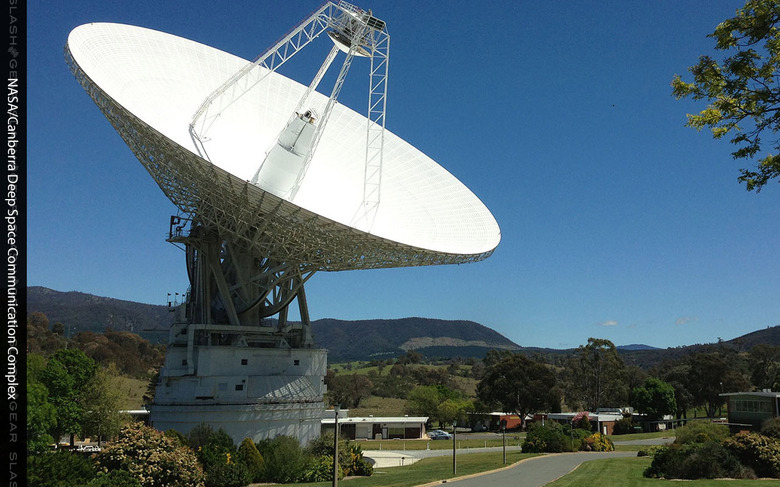In 2020, NASA Voyager 2 Probe Is Flying Solo
For the next 11 months, the NASA Voyager 2 probe will fly without a partner here on Earth. It's out there all alone as NASA upgrades some gear back on the surface of our planet. The bit that needs an upgrade is a radio dish in Australia, one that's primary for the mission to send commands to Voyager 2 in the far reaches of space.
The probe Voyager 2 was launched all the way back in the year 1977. That means it's been in space since the first Star Wars movie was first released in theaters. As of November of 2018, Voyager 2 reached interstellar space – beyond our galaxy – past Pluto. It's traveled beyond the point at which our sun's magnetic field affects the space around it.
During the time the upgrades are being made here in the year 2020 to NASA gear, Voyager 2 will not be able to receive commands. It will, however, continue to be able to send data back to Earth, and NASA will continue to be able to read said data.
It's kind of like flying a drone with a built-in camera, running out of batteries in your controller, and watching as the drone continues to fly while you replace said batteries. You can still see through the drone's eyes, and keep getting photos it sends back, but you can only cross your fingers and pray that it doesn't run into a tree.
"If things don't go normally – which is always a possibility, especially with an aging spacecraft – then the onboard fault protection that's there can handle the situation," said Voyager project manager and JPL Director for the Interplanetary Network, Suzanne Dodd.

At the moment, Voyager 2 is more than 11 billion miles (17 billion kilometers) from Earth. The bit on Earth that's getting the upgrade is the Deep Space Network's 70-meter-wide (230-feet-wide) radio antenna in Canberra, Australia.
"Obviously, the 11 months of repairs puts more constraints on the other DSN sites," said DSN's chief engineer Jeff Berner. "But the advantage is that when we come back, the Canberra antenna will be much more reliable."
Repairs and upgrades made to the antenna will benefit a variety of missions in the near and distant future. According to NASA's Jet Propulsion Laboratory, the repairs will assist missions in the Moon to Mars exploration effort and the Mars 2020 rover.
